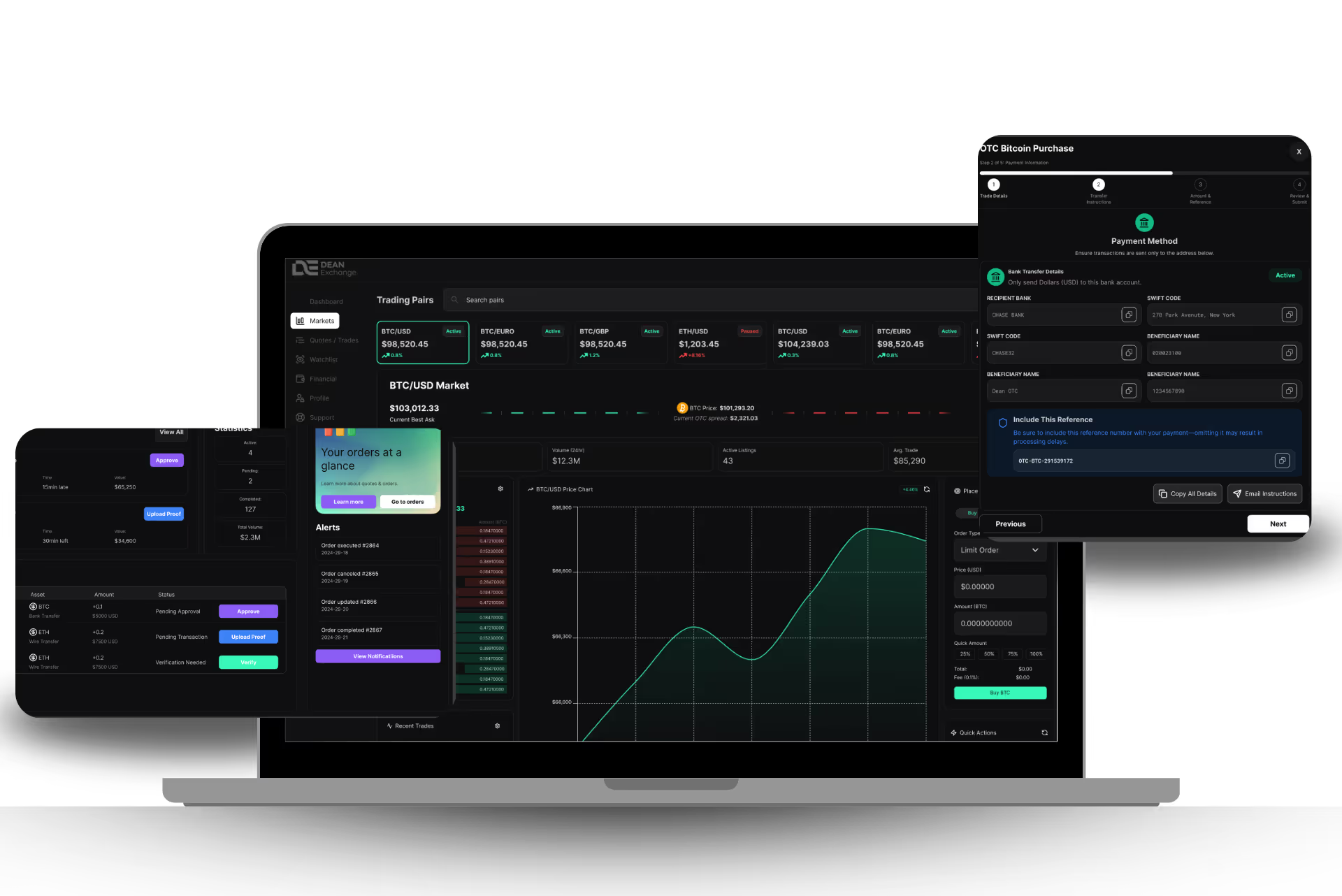By the
This is some text inside of a div block.
This is some text inside of a div block.
•
5
min read

Blockchain technology is often described using analogies to help newcomers grasp the concept. One of the most common comparisons is to a linked list—a foundational data structure in computer science. At first glance, the comparison seems valid: both are sequential structures where each element references the previous one. But is blockchain just a glorified linked list?
The short answer is no. While there are similarities, blockchain introduces several critical innovations that make it far more complex and robust. In this article, we’ll break down what a linked list is, how blockchains are structured, and why it’s important to understand the difference.
Understanding Linked Lists A linked list is a linear data structure where elements, called nodes, are connected through pointers. Each node typically contains:
There are different types of linked lists:
Linked lists are useful for dynamic memory allocation and provide efficient insertions/deletions but are not inherently secure or decentralized.
What Is Blockchain, Technically? A blockchain is a distributed ledger that records data in blocks, each of which is linked to the previous one via a cryptographic hash. These blocks are:
Each block typically contains:
This makes blockchain a secure, tamper-resistant, and transparent system for digital records.
Similarities Between Blockchain and Linked Lists It’s easy to see why blockchain is compared to a linked list. Both share these structural traits:
These similarities help introduce the idea of how blockchain data is connected. However, they don’t tell the full story.
Key Differences Between Blockchain and Linked Lists
Why the Distinction Matters Thinking of blockchain as "just a linked list" oversimplifies its architecture and overlooks the layers of innovation it brings:
Understanding this distinction helps learners appreciate why blockchain matters and why it can disrupt traditional systems.
Dean Exchange Insight: Learn the Architecture of Blockchain At Dean Exchange, we go beyond surface-level explanations. In our Blockchain 101 course, we cover:
For advanced learners, our Blockchain with AI course explores how these systems evolve with machine learning and intelligent automation.
Want to dive deeper? Join our live workshops or start a structured learning path today.
While blockchain and linked lists share superficial similarities, they serve vastly different purposes. Blockchain builds upon the idea of chaining data, but it layers that with cryptographic security, decentralization, consensus, and programmability.
So no, blockchain is not just a linked list. It’s an innovation that redefines how we handle data, trust, and digital ownership.
Ready to master the concepts behind blockchain? Enroll in a Dean Exchange course today and start building your Web3 knowledge with confidence.


Join our newsletter for exclusive insights, breaking crypto trends, and learning opportunities—delivered straight to your inbox.